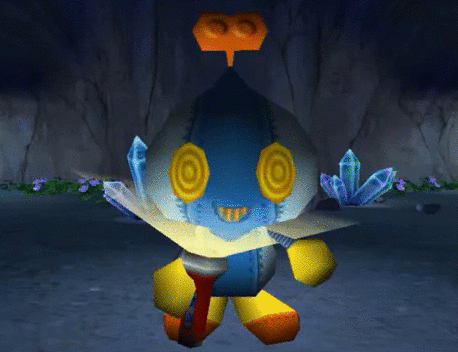(Watch the video version of this article here)
Super Mario Brothers is a pretty pervasive game, it was the title that launched the NES and Famicom into the stratosphere of public opinion and sales and may be one of the few pieces of software to save the video game market after the games market crash in the early 1980s. Everyone knows Mario, everyone has memories of Mario and it started here. ( well it actually started with Donkey Kong but whatever. )
Super Mario Brothers taught millions of Children the language of Video Games through this simple first level. Nowadays you’ve got games that have tutorial levels and reminder dialogue and and holding to teach the complexities of the Game, which is fine… I guess.

But, way back in 1985 games didn’t have dialogue or a streamlined tutorial level. Most playthroughs of games started and ended with the console’s power button. Super Mario Brothers was no different in this regard. So the initial level had to be something players could learn quickly how to play the game from while also being a level returning players wouldn’t fell bored and patronized by.
So here we have world 1-1, iconic music, iconic scenery and iconic design.The controls in Super Mario Brothers are probably the simplest of any NES title, you have left, right, down to crouch but no use for up. the only vertical movement in the game is achieved by pressing A for a jump, and it is A because you will be jumping most often in this game. These are all the basic things you figure out during the first few seconds of the game, just by experimentation alone. That is, without a manual handy. The next piece of this communicative level you encounter is a mystery box, some floating bricks and this little mushroom guy.

“Maybe you’re supposed to walk into,
nope
what does B do? Dash? lets try that
nope
For now I’ll just get out of his way and see him later I guess. “
The first thing about this level and the games design in general is it gives you two options to move forward, avoid enemies, or find a way to eliminate them. Sense the controls are so simple it doesn’t take long to find a way to dispatch these moving obstacles by jumping on them.
The next piece of this brilliant level is the question mark block, the regular bricks are similar to the ground and in context is not much of interest compared to the bright yellow square with a big question mark in it, interestingly enough the Japanese cartridge actually shares this shade of yellow with the blocks. It just has to be something interactive… right?
You cant walk up to it an interact, there is no interact button as earlier we learned what B does. So again through the simplicity of it all you try everything until you figure that jumping under it would work. The game rewards you with a coin, a nice ringing sound and points to tell you that you’ve done something right. The other question mark blocks in this game’s opening also reward the player with power up silently teaching the player how power-ups work in the platforming title.
Why is this section of this level of this game so important? Because its a perfect example of the game itself speaking to the player without using any words. Allowing the player to learn the core of how to play the game through experimentation alone.
I hope to be able to emulate this same kind of design driven communication when making my own games, because its a hell of a lot better than Omochao.

